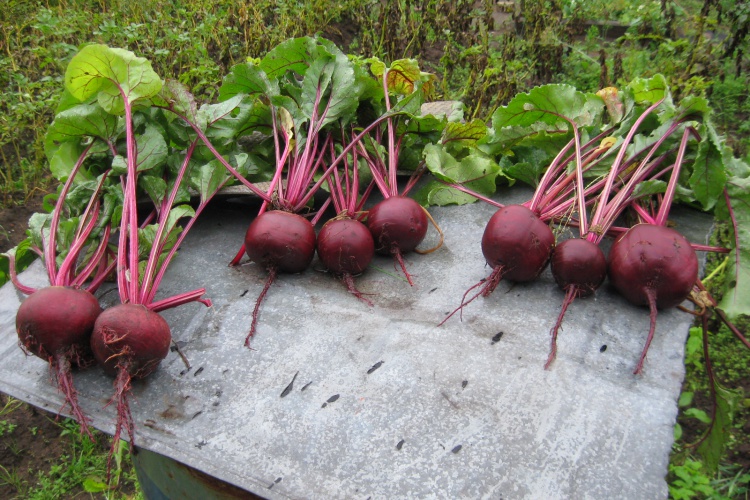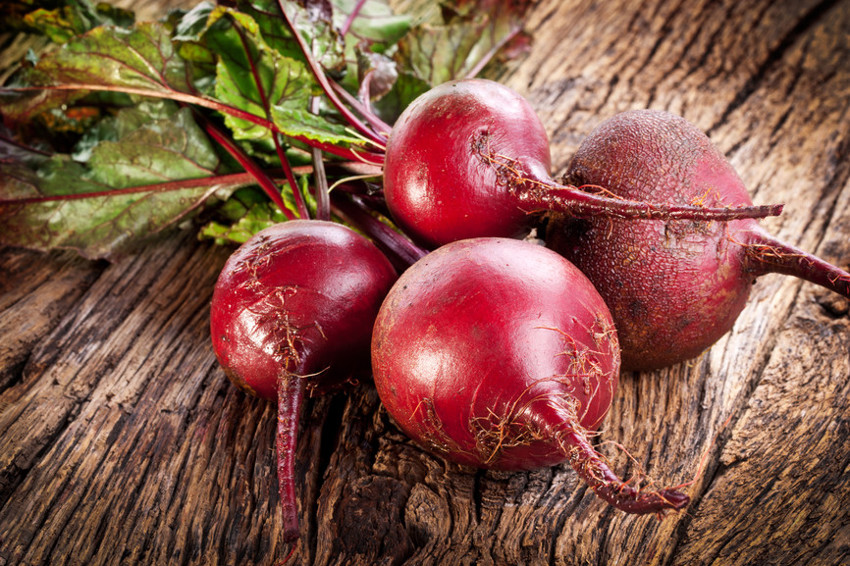Recommendations for planting beets before winter
Content
Pros of winter landing
By eating beets, you can improve the normal functioning of the gastrointestinal tract, and its juice can even block the possible appearance of cancer cells. Also, this amazing root vegetable can be used by those women who are going to have a child in the future, as well as everyone else, since it is difficult to overestimate the benefits of this vegetable. In the old fashioned way, many gardeners prefer to plant beets in the spring. But today, experts unanimously say that you can plant this root crop before winter, and such a planting is considered much better. What are the obvious advantages of planting a vegetable in the fall, or, in a different way, in the winter planting?
If you decide to sow seeds in the fall, then we can safely say that you will definitely save a lot of time in the spring in order to sow other vegetables. Also, the harvest of winter beets can be harvested much earlier than the one that was planted in spring. In addition, there is no need not only to pre-soak the seeds, but also to carry out other stages of their mandatory preparation for sowing - to pickle with special preparations and dry immediately before planting. If you start planting beets in the fall, you will get natural hardening of seeds right in the soil, which will give them the opportunity to withstand possible spring frosts with honor, as well as raise their immunity in relation to a number of diseases dangerous for vegetable crops.
The growing season for a given plant can vary over a fairly wide range - from 50 to 130 days. Much depends on the characteristics of the vegetable variety that you choose for planting in your garden. In those regions where the summer is quite short, planting beets before winter can generally be considered an ideal option. Indeed, if you start planting it in such areas in the spring, then the crop may die with the appearance of the first frost. It should be remembered that the prerequisites for good growth and development of beets are not only sufficient heat and light, but also moderate watering.
Video “Winter sowing. Beet"
Instructions
What are the stages that make it possible to carry out competent planting of beets in the fall? First of all, it is necessary to select only the best varieties of root crops for planting before winter. Today, there are vegetable varieties that are optimal for autumn sowing and show an increased degree of resistance to the formation of unwanted arrows. Among them are such wonderful varieties as Podzimnyaya A-474 and Cold-resistant-19. After the suitable varieties are selected and purchased, you can start looking for a place suitable for growing this root crop.
We have already remembered that beets are very fond of sufficient lighting, and shading can adversely affect its normal growth and harmonious development. Also, the presence of light is necessary in order for the vegetable to acquire its beautiful rich color.Considering all this, the landing site should not only be well lit, but also be located on a fairly high area.
It is necessary to take into account the fact that when growing one vegetable crop in the same place for many years it can deplete the soil and adversely affect its characteristics. It is in such a land that the presence of many pests and pathogenic bacteria is noted. Therefore, the landing site should sometimes be changed. Experts call such vegetables as tomatoes, cucumbers, onions good predecessors for beets. After them, you can safely plan the planting of different varieties of your favorite root crop. But carrots and cabbage are those vegetable crops, after which planting beets is highly undesirable. Also remember that this root crop does not grow well on land in which the acidity index exceeds the norm.
To determine if the soil on your site is too acidic, simply look at which weeds have chosen it as their favorite place of residence. If plantain, sedge, horsetail, horse sorrel, wood lice appear in the garden, then something should be done with high acidity. Liming has proven itself well in this case. To do this, in the fall, the soil is cultivated using about 200 - 300 grams of lime per square meter. Ash, chalk, dolomite flour, or marl are also suitable. If you see in the garden such crops as chamomile, field bindweed, coltsfoot, creeping wheatgrass, then you do not need to worry - your beets will grow normally on soil that has a neutral or slightly acidic level of acidity.
Before planting, the surface of the beds must be leveled and special grooves should be made, the length of which should be about 20 cm.They should already be on the site before sowing, the main thing is not to do them with a spade over the edges of the beds so that the grooves are not destroyed by possible precipitation. As for their depth, it should be about 6 cm. For planting beets, a special nutritious soil is prepared with a loose structure. The layout of such materials has proven itself well - garden soil with the addition of sand and rotted compost. Peat is also prepared in advance, with the help of which mulch will then be created. It also needs to be collected in bags or buckets, and hidden in a shelter, like the ground, until landing.
What is the time for sowing beets before winter? Since this root crop is a plant that tolerates cold normally, its seeds are capable of sprouting at temperatures over 10 degrees. In order not to lose some of the seeds, one should not rush to sowing, it is worth waiting for the time when the spring frosts recede. Thus, the planting dates for this vegetable are at the end of October - mid-November. At this time, the soil temperature can be from -2 to -4 degrees, and the environment - from 0 degrees. When sowing seeds, remember that they must be completely dry and planted in the same dry soil.
If suddenly the first snow already lies in the garden, it should be cleaned off without fail. For this, a hard broom is most often used, with which the grooves are thoroughly cleaned, into which the seeds are then sown.
The grooves will need to be covered with peat, which in no case should be frozen, and also filled with pre-prepared nutrient soil that was in the shelter. After that, the earth must not only be thoroughly tamped and leveled, but also covered with mulch, the layer of which will be about 4 cm.In order not to worry that the seeds may freeze or be damaged in winter, you can also provide for the shelter of the beds, using needles for these purposes , leaves or sawdust.
Tips
With the onset of spring - immediately after the snow begins to melt from the beds - the shelter created with the help of improvised materials will need to be removed in order to allow the fragile shoots that have appeared to sprout normally and fully develop. After that, the top layer of the earth is necessarily loosened, then a special fertilizer rich in nitrogen is applied, and the bed is covered with a film. This procedure is necessary in order to get the opportunity to harvest the long-awaited crop a week earlier. But after you see the presence of seedlings, do not forget to remove the film as well.
Thinning of seedlings is considered an obligatory moment after planting beets; it will need to be done about a week after the emergence of seedlings of the culture.Since more than one sprout may appear from each seed, and many gardeners, for greater confidence, also sow seeds much more than the norm, in order to prevent overcrowding of sprouts and get root crops of a normal size and with excellent taste, the beds with the first shoots that appear must be thinned out. For the rest, advice on planting and caring for beets planted before winter does not differ much from caring for one that was planted in the spring. If you carry out adequate watering on time, periodically loosen the soil and remove unnecessary weeds, then you can expect a good harvest.
Video "How to grow beautiful beets"
From the video you will learn about the features of growing beets, sowing and caring for the crop.






